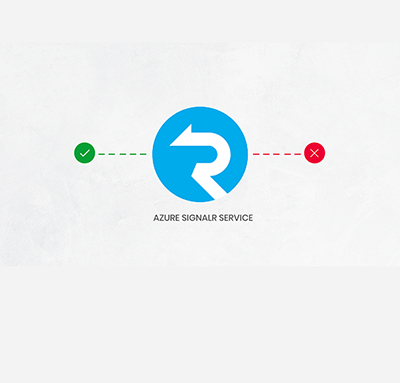
About us
Our Services
Our Expertise
Our Experience
Follow us
Why e2logy?
- We strive to provide superior customer service and ensure that every client is completely satisfied with our work.
- Our engineers are trustworthy, dedicated, and experienced and will go the extra mile to solve your IT issues.
- We are committed to delivering outstanding, cutting-edge IT solutions that add real value that goes beyond what is expected.

The Pros and Cons of the Azure SignalR Service

ASP.NET SignalR is a very useful library for developers. It helps the developer to add real-time functions of the web to the applications developed using ASP.NET. This means that if you are a user who is online at a certain point in time, then SignalR can help the developer push through web content to you in real-time. Some examples of the usage of SignalR are when your webpage has any dashboards to be updated regularly or any documents that are being collaboratively worked upon by a large team simultaneously.
Historically there were two forms of SignalR that were used commonly. The first was the original library for SignalR and the newer Core SignalR library. The latest version of SignalR is to be released as version 2.4 in 2018. Apart from other new features, the biggest addition that was most widely talked about in the industry was the availability of Azure SignalR Service.
The SignalR service of Azure is complete all-inclusive support that helps a website design company to scale up the web applications in real-time. The connections do not need to be present on the application directly, so the user can scale up without exceeding the maximum throughput available.
Let us look at the three specific benefits of using Azure service for SignalR:
- All the clients would be connected to the service only. That means you do not need to worry about overloading on the server you are using, or too much load on the browsers being used.
- The backplane doesn’t need to be managed anymore inside the application. This allows you to remove the configuration completely from the app.
- All the visitors to your affordable website design would run through the Azure service, which means there will be less blocking of bandwidth for your application servers. This allows you to scale up without having to worry about the number of users who are using the app simultaneously.
While it is very easy to convert a regular ASP.NET SignalR app to use the Azure SignalR service, there are also certain limitations you need to work with. Let us take a look at some of them.
- You would need to upgrade the version of .NET that is being used on your server. The bare minimum needed is the 4.6.1 framework.
- You will not be able to service persistent connections using your Azure SignalR service. At this point, this service is not available, although we are hopeful of the necessary upgrade soon.
- Usually, clients use the JSONP protocol, but the Azure SignalR service doesn’t support it. The clients would need to upgrade to a cross-origin resource sharing protocol.
Even with these limitations, the benefits provided by Azure SignalR service are big enough to have both the industry as well as users excited. We are sure that whatever glitches we see at present would be ironed out in the upcoming releases. There are several service providers who would be more than willing to offer their services to help you migrate.













